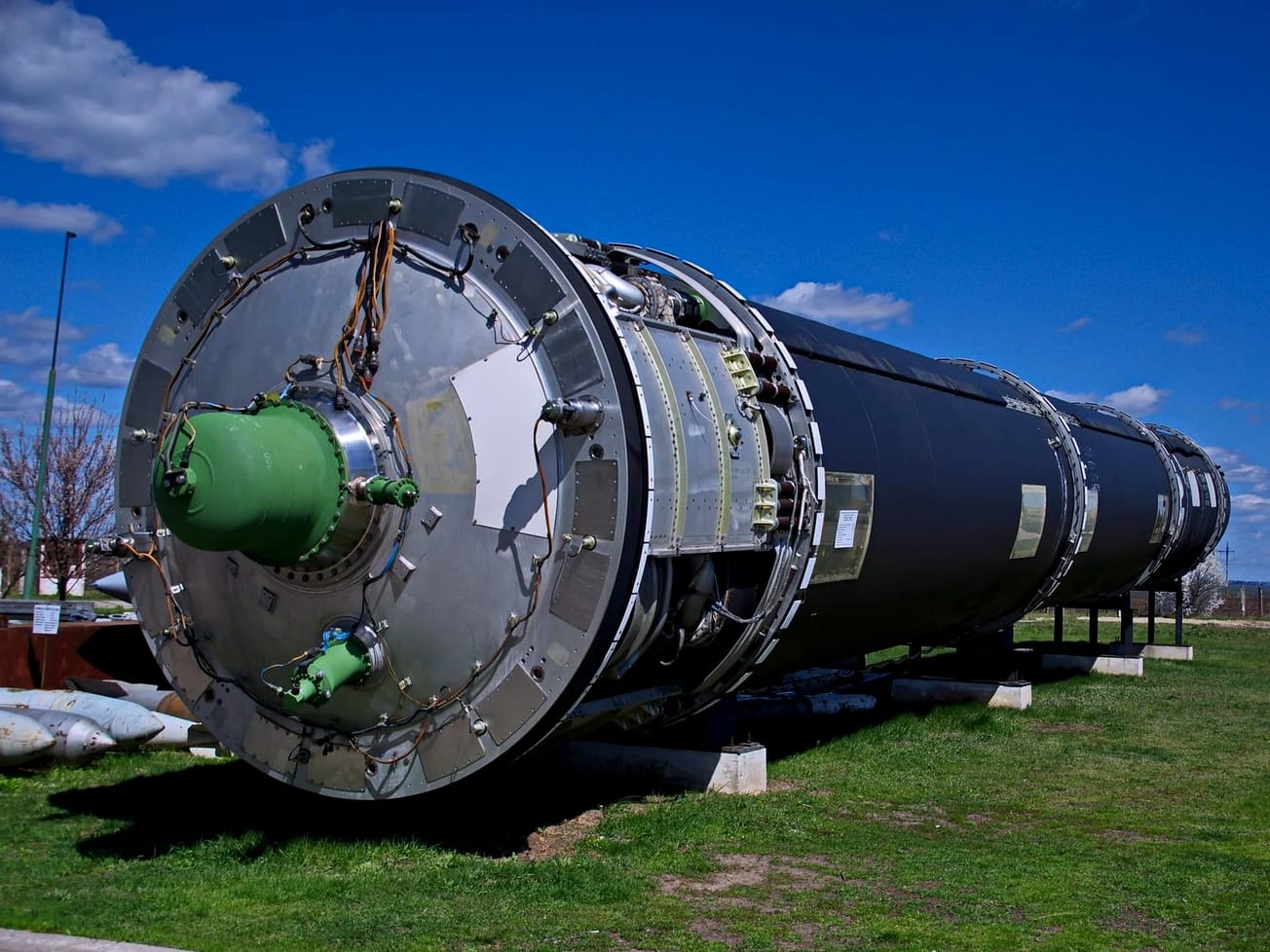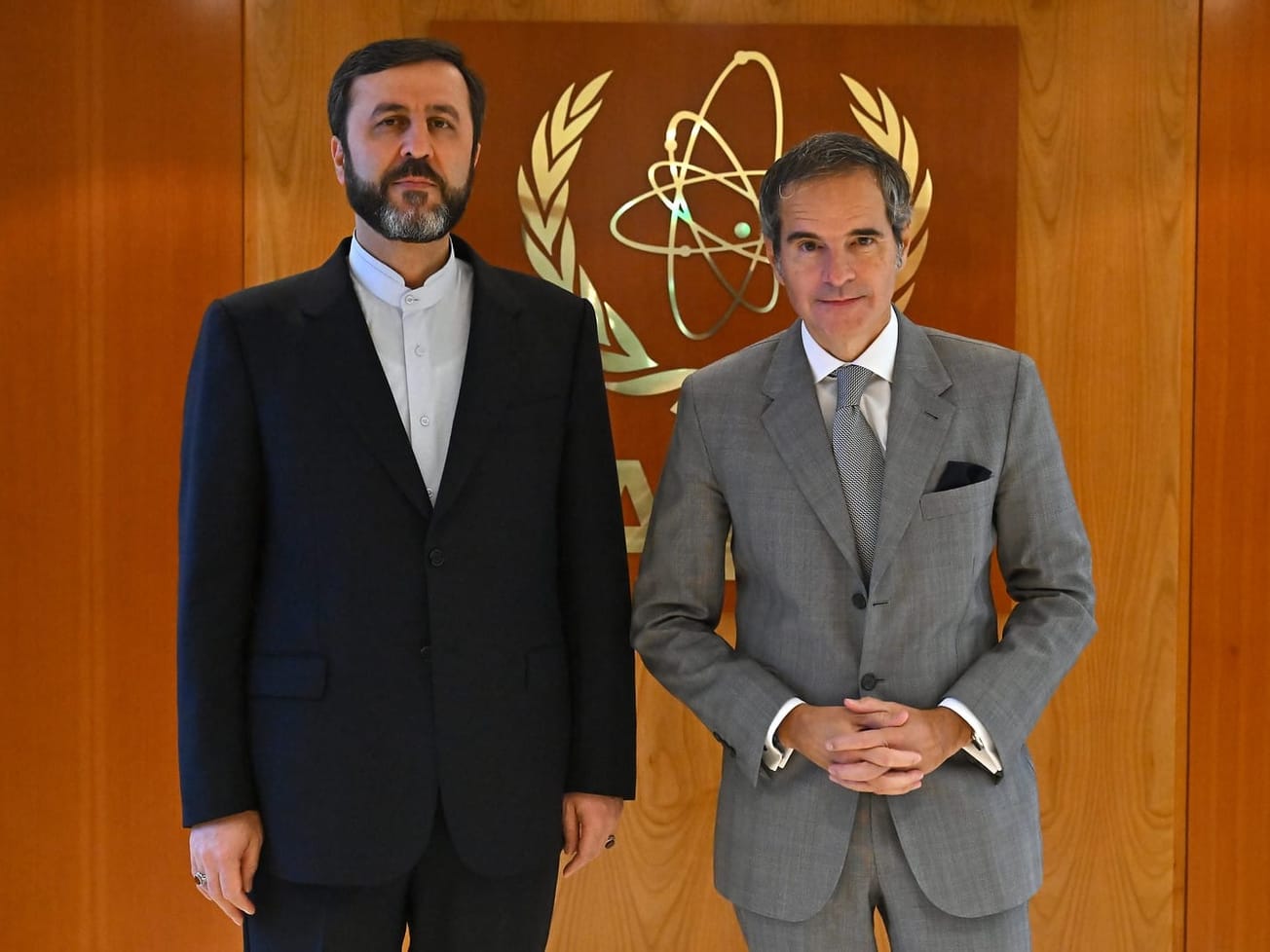WASHINGTON (AN) — Japan has tougher inspections as part of efforts to improve regulation of nuclear and radiation safety in the wake of the 2011 Fukushima Daichi accident, the International Atomic Energy Agency said.
The United Nations nuclear watchdog agency's Integrated Regulatory Review Service team conducted an eight-day follow-up mission this month to review Japan’s implementation of recommendations made during the initial IRRS mission four years ago. It concluded significant progress has been made.









